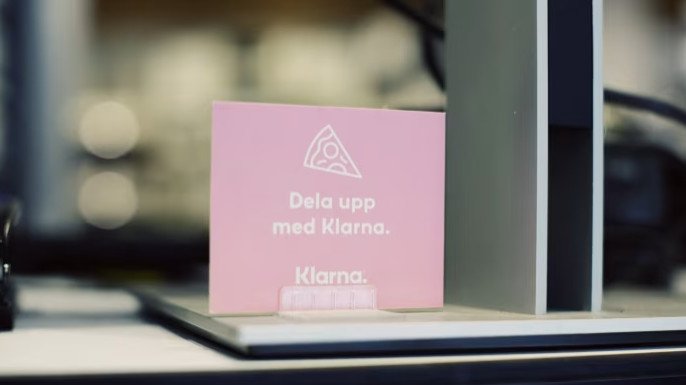This article picked by a teacher with suggested questions is part of the Financial Times free schools access programme. Details/registration here.
Read our full range of US High School economics picks here.
Klarna, the Swedish “buy now, pay later” fintech, reported a first-quarter net loss of $99mn — more than double the previous year — driven by a 17 per cent rise in customer credit losses. The company’s expansion into the US market has increased its exposure to economic uncertainty, especially amid falling consumer confidence and trade-related inflation concerns.
Essential Question: How do changes in economic conditions and consumer confidence impact the financial sustainability of buy-now-pay-later services, and what does this reveal about the role of credit, risk and responsible borrowing in the broader economy?
Pre-Reading Engagement
Read the article below and then answer the questions
Klarna’s losses widen after more consumers fail to repay loans
Reading Questions:
-
What type of service does Klarna offer and how does it work for consumers?
-
How much did Klarna’s net loss increase in the first quarter of 2025 compared to a year earlier?
-
What recent US economic trend might help explain why more people are defaulting on Klarna payments?
-
How could a US recession affect Klarna’s business strategy?
-
How does Klarna make money from both merchants and consumers?
-
What cost-saving measures has Klarna implemented recently?
-
How have Klarna’s funding costs changed, and why does this matter for consumers?
-
Do you think services like Klarna’s “Buy Now, Pay Later” are helpful tools for budgeting and flexibility, or do they encourage overspending and debt? Why?
Joel Miller and James Redelsheimer, Foundation for Economic Education.
Click here for FEE FT Classroom Edition with classroom-ready presentations and suggested answers for teachers.





